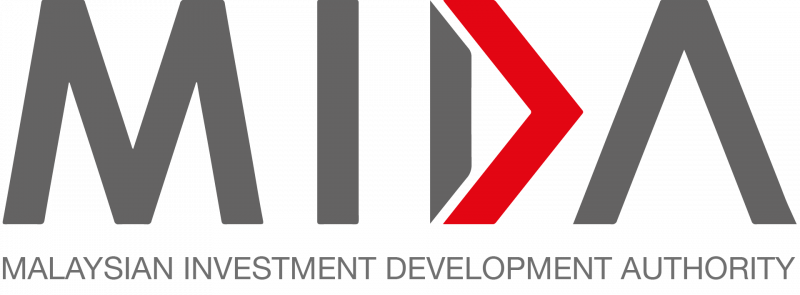Pelabuhan Tanjung Pelepas Sdn Bhd (PTP), the operator of transshipment hub the Port of Tanjung Pelepas in Johor, is expected to continue driving the development of the logistics and port sector in Malaysia.
The MMC Group member said this was in line with the group’s commitment to invest almost RM26 billion over the next five years to undertake various developments in the Sungai Pulai area, which would generate more than 23,000 job opportunities there.
MMC Corp group managing director, Tan Sri Che Khalib Mohamad Noh, said PTP not only has world-class port facilities but also a reference for the regional maritime industry, leading in various fields including sustainability, digitisation as well as the provision of industrial vocational and technical training.
“PTP is the busiest transshipment hub in Malaysia, covering 1,900 acres of terminal and 1,600 acres of free zone area that provides services to major shipping companies and container operators. It provides shippers in Malaysia and abroad with extensive connectivity to the global market,” he said in a statement today (January 11).
PTP said MMC Group would also develop a green fuel terminal for the supply of methanol for the shipping industry, which is a game-changer initiative in line with the National Energy Transition Roadmap and Malaysia’s aspirations towards net zero, green energy development, and ensuring environmental sustainability.
It added that the investment by MMC Group would also include RM10 billion over the next five years for the development of PTP’s phase 3A terminal, and upgrading of the existing terminal in terms of automation, digitisation, and human resource empowerment.
Source: Bernama
PTP to continue contributing to development of logistics and port sector
Content Type:
Duration:



